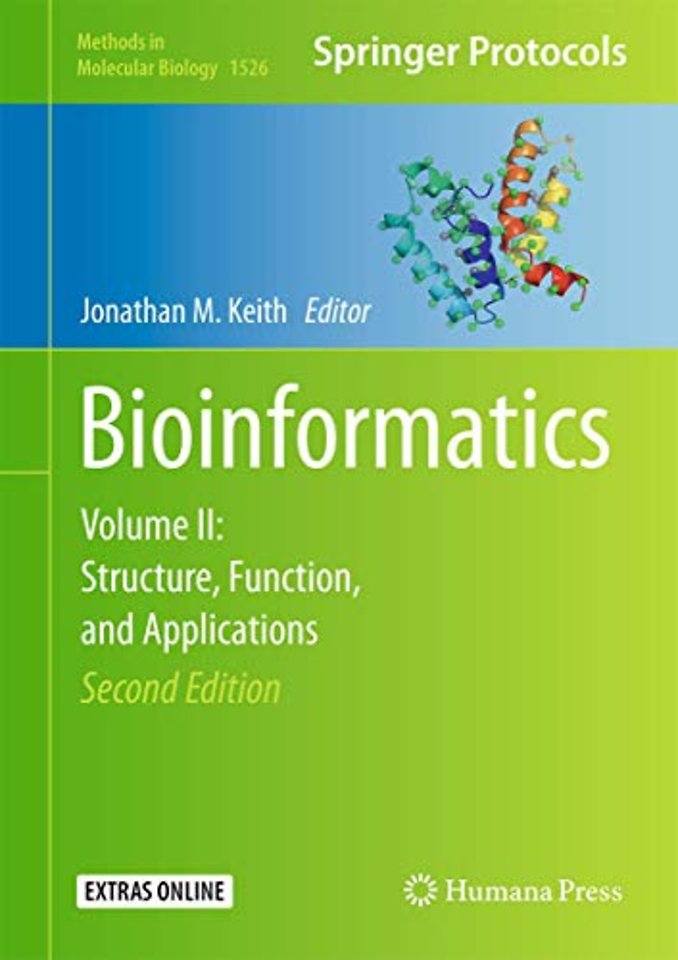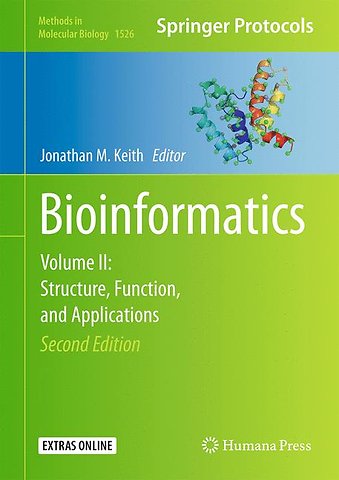Bioinformatics
Volume II: Structure, Function, and Applications
Gebonden Engels 2016 2e druk 9781493966110Samenvatting
This second edition provides updated and expanded chapters covering a broad sampling of useful and current methods in the rapidly developing and expanding field of bioinformatics. Bioinformatics, Volume II: Structure, Function, and Applications, Second Edition is comprised of three sections: Structure, Function, Pathways and Networks; Applications; and Computational Methods. The first section examines methodologies for understanding biological molecules as systems of interacting elements. The Applications section covers numerous applications of bioinformatics, focusing on analysis of genome-wide association data, computational diagnostic, and drug discovery. The final section describes four broadly applicable computational methods that are important to this field. These are: modeling and inference, clustering, parameterized algorithmics, and visualization. As a volume in the highly successful Methods in Molecular Biology series, chapters feature the kind of detailand expert implementation advice to ensure positive results.
Comprehensive and practical, Bioinformatics, Volume II: Structure, Function, and Applications is an essential resource for graduate students, early career researchers, and others who are in the process of integrating new bioinformatics methods into their research.
Specificaties
Lezersrecensies
Inhoudsopgave
Rubrieken
- advisering
- algemeen management
- coaching en trainen
- communicatie en media
- economie
- financieel management
- inkoop en logistiek
- internet en social media
- it-management / ict
- juridisch
- leiderschap
- marketing
- mens en maatschappij
- non-profit
- ondernemen
- organisatiekunde
- personal finance
- personeelsmanagement
- persoonlijke effectiviteit
- projectmanagement
- psychologie
- reclame en verkoop
- strategisch management
- verandermanagement
- werk en loopbaan

